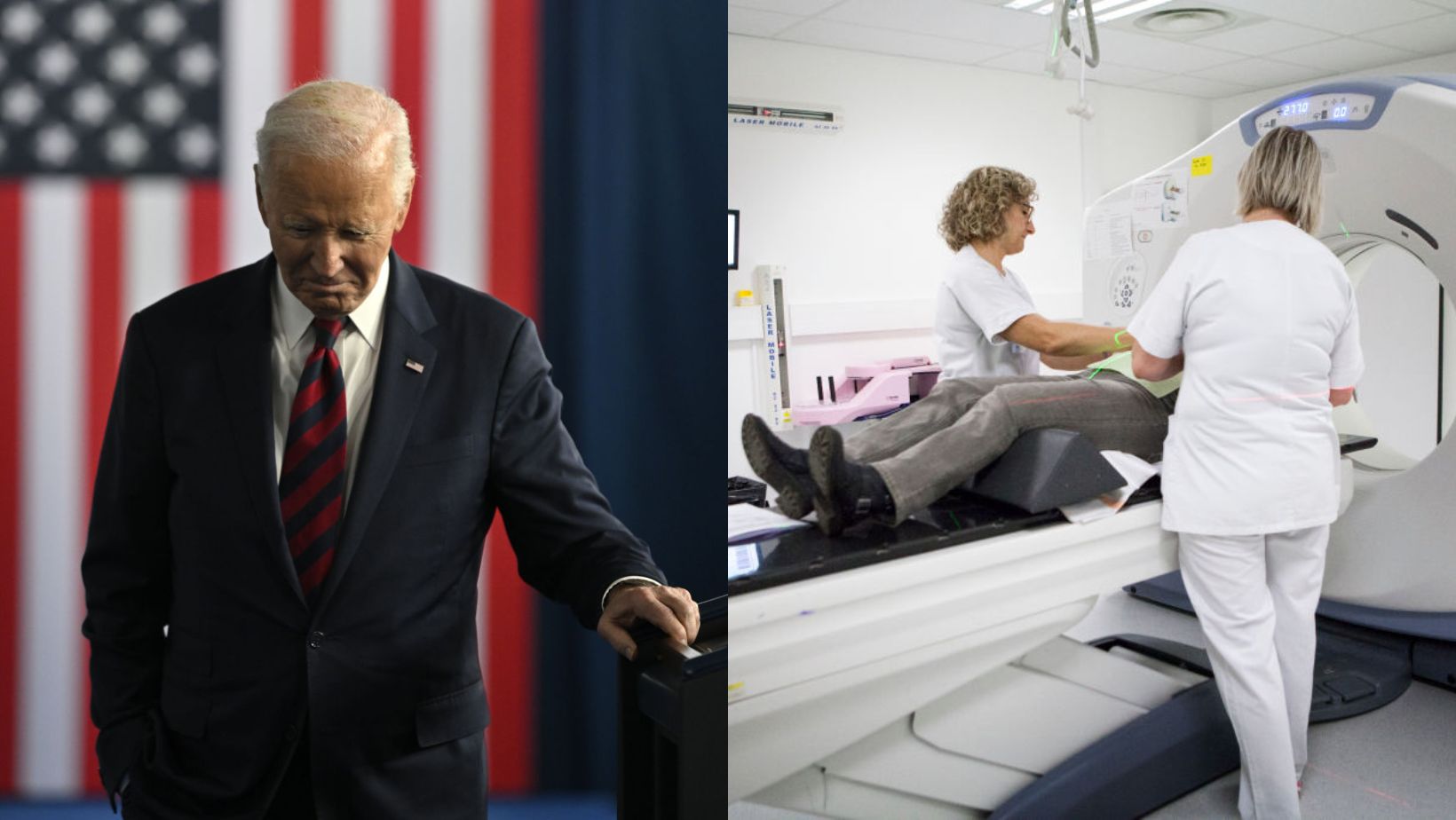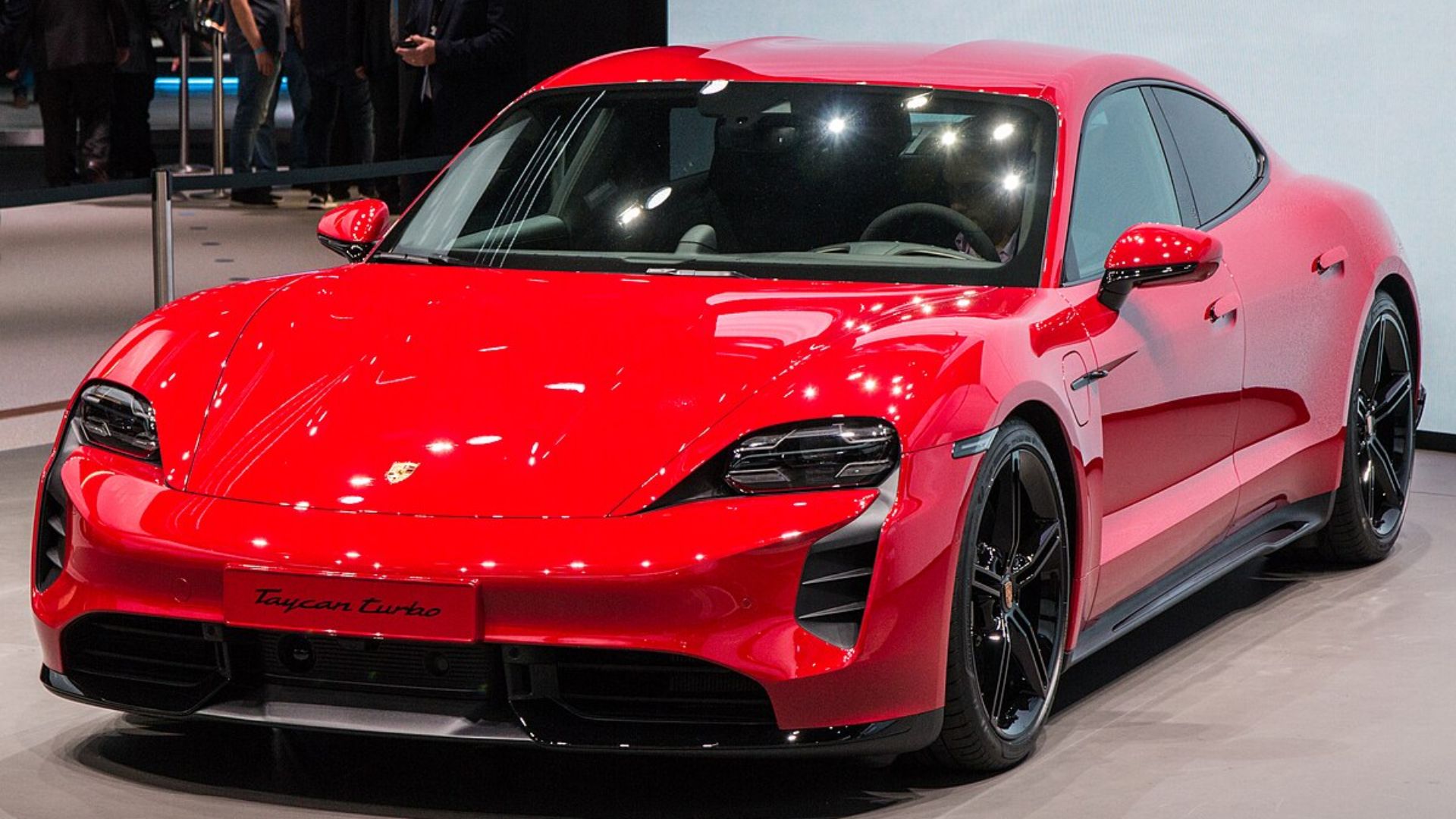
At some point, some people didn’t think much of electric cars. They were strange-looking and about as exciting as a microwave on wheels. But things changed. Suddenly, they’re racing sports cars off the line and turning more heads than a vintage V8 ever could. We’re talking about machines that break records and still let you plug in next to your toaster. Some models pushed boundaries with wild performance while making clean driving affordable. Others just looked so cool; they made gas guzzlers jealous. This list celebrates electric rides that left tire marks on history. If you still think EVs are a passing trend, buckle up.
Tesla Roadster (2008)
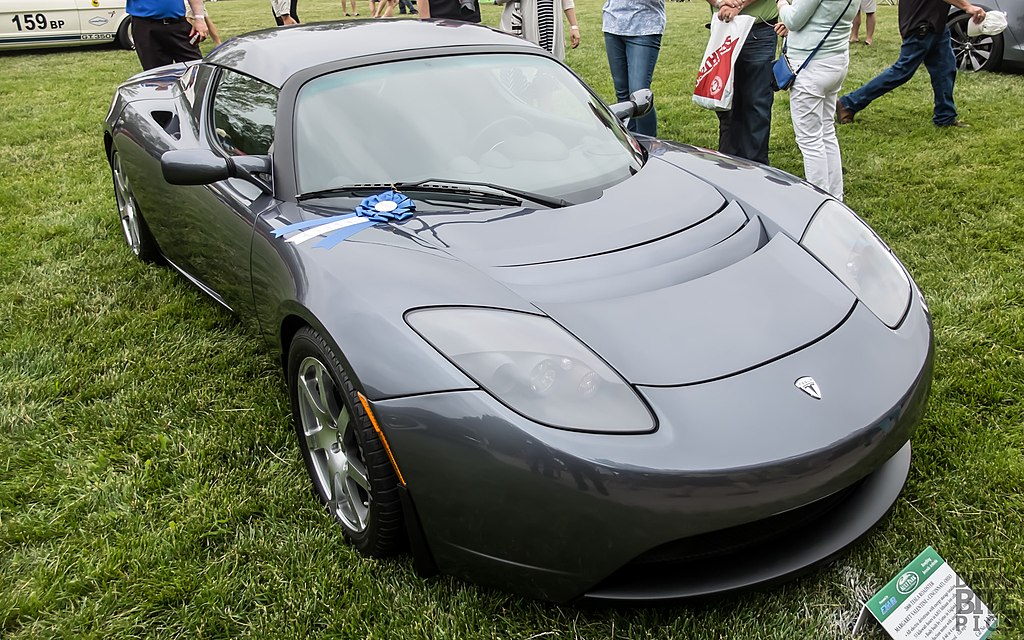
Before Tesla was mainstream, the Roadster turned heads. Built on a Lotus Elise frame, it was the first production car powered by lithium-ion batteries. It hit 0–60 in under 4 seconds—a revelation for an EV. One even left Earth entirely, courtesy of SpaceX’s historic launch.
Nissan Leaf (2010)

The Leaf made EVs mainstream. As the world’s first mass-produced electric car, it opened the door for affordable, everyday emissions-free driving. With global sales surpassing 500,000 units, it held the best-selling EV title for a decade. Its name? An acronym for “Leading, Environmentally Friendly, Affordable, Family car.” Mission accomplished.
Chevrolet Volt (2010)
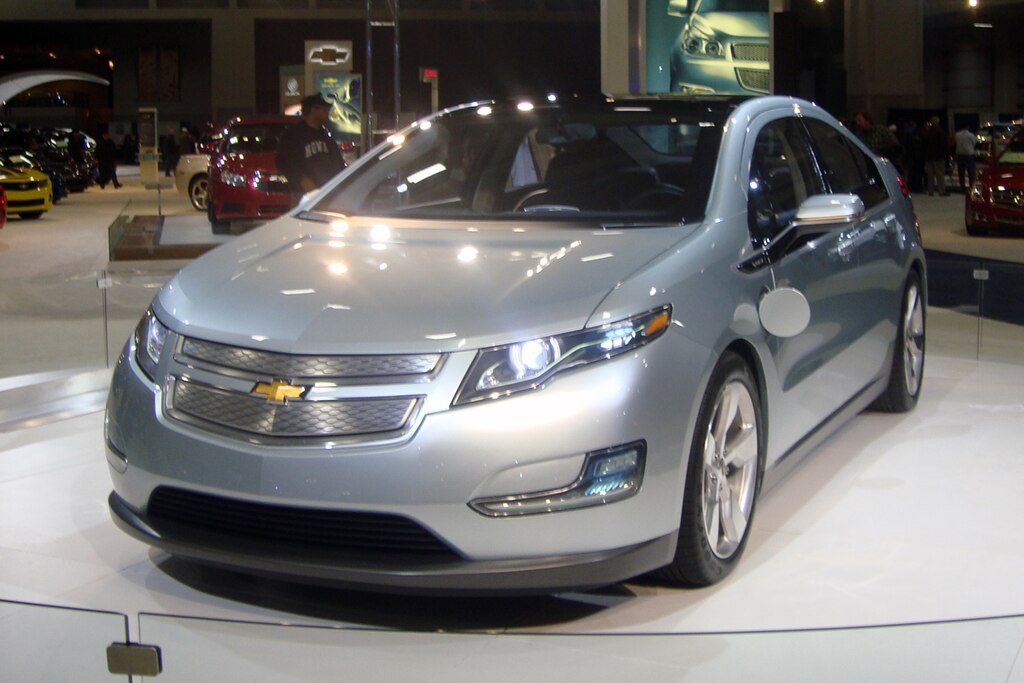
It took home the 2011 Motor Trend Car of the Year, and for good reason. The Volt was the first plug-in hybrid to let drivers cruise 35–50 miles on battery before switching to gas—no range anxiety required. Its innovative tech sparked a cult-like following with fan groups scattered across the country.
Fisker Karma (2011)
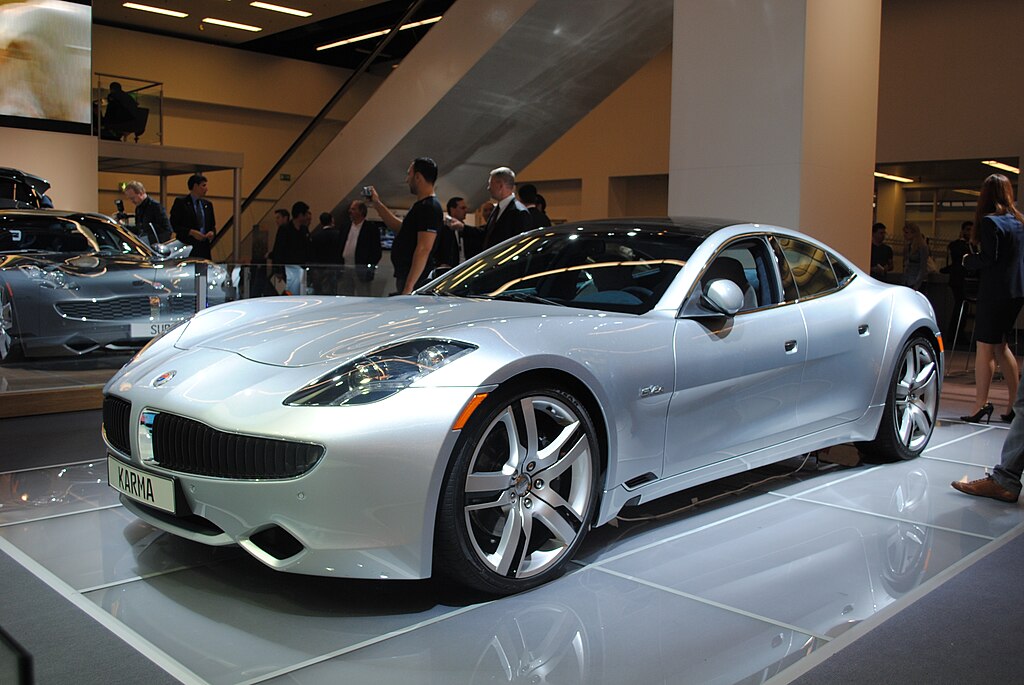
Frequently featured in celebrity garages and action-themed media, the Karma made green cars glamorous. It was one of the first luxury plug-in hybrids, with long, sculpted lines and solar panels built into its roof. Though the original company faded, it later returned as Fisker Inc.
Tesla Model S (2012)
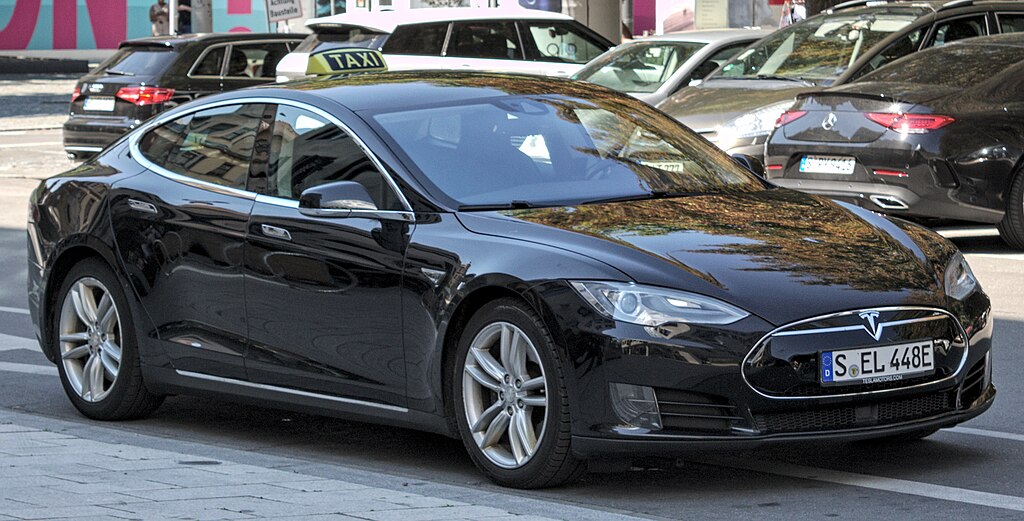
Tesla’s flagship sedan redefined expectations overnight. It was the first electric vehicle to crack 250 miles of range, and regular over-the-air software updates made it feel like a smartphone on wheels. A massive 17-inch touchscreen dominated the dashboard, while “Ludicrous Mode” delivered 0–60 in just 2.8 seconds.
BMW i3 (2013)
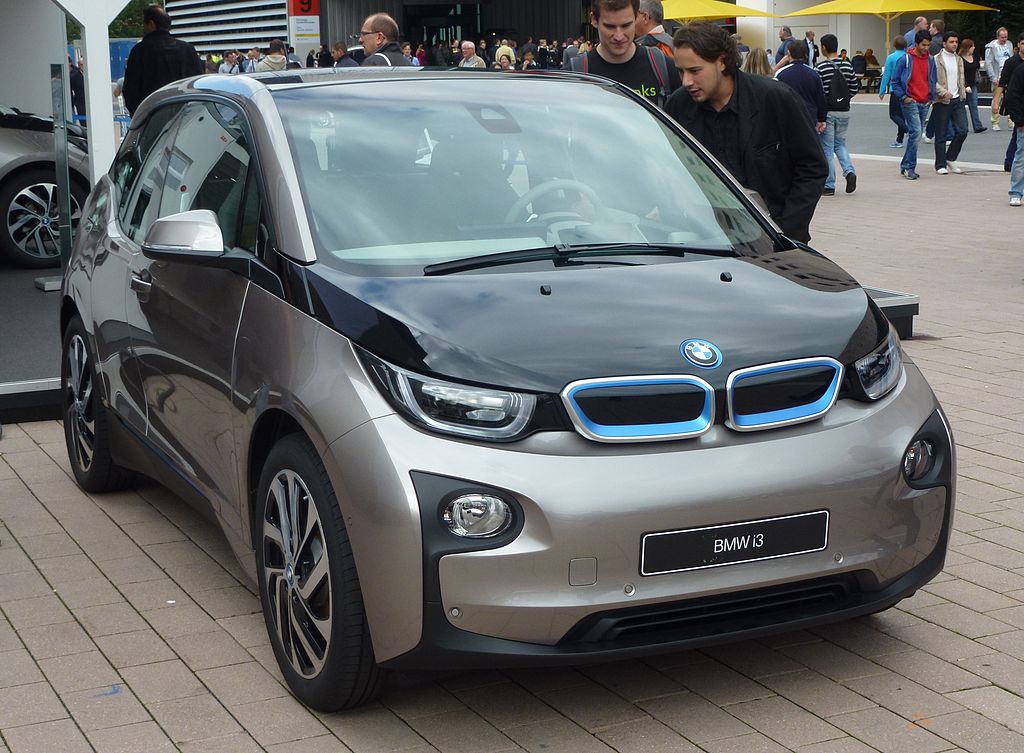
BMW’s i3 turned heads with its futuristic design and clever engineering. Lightweight carbon fiber kept it agile, and a small gas engine extended its range when needed. Rear-hinged doors added flair, while the cabin’s recycled materials backed up its eco-friendly mission. It felt like a preview of what’s next.
BYD Qin (2014)
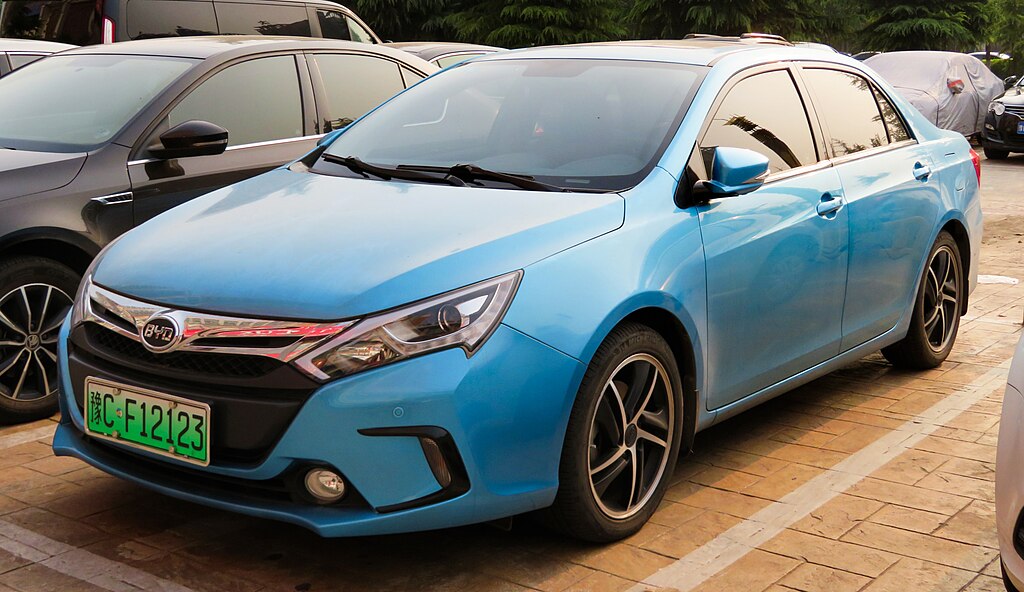
China’s EV push found its spark in the Qin. Built by BYD—short for “Build Your Dreams”—it blended speed and efficiency. Acceleration matched that of sporty compacts, hitting 0–60 in under 8 seconds. Its success at home boosted BYD’s global profile enough to draw investment from Warren Buffett himself.
Toyota Prius Prime (2016)
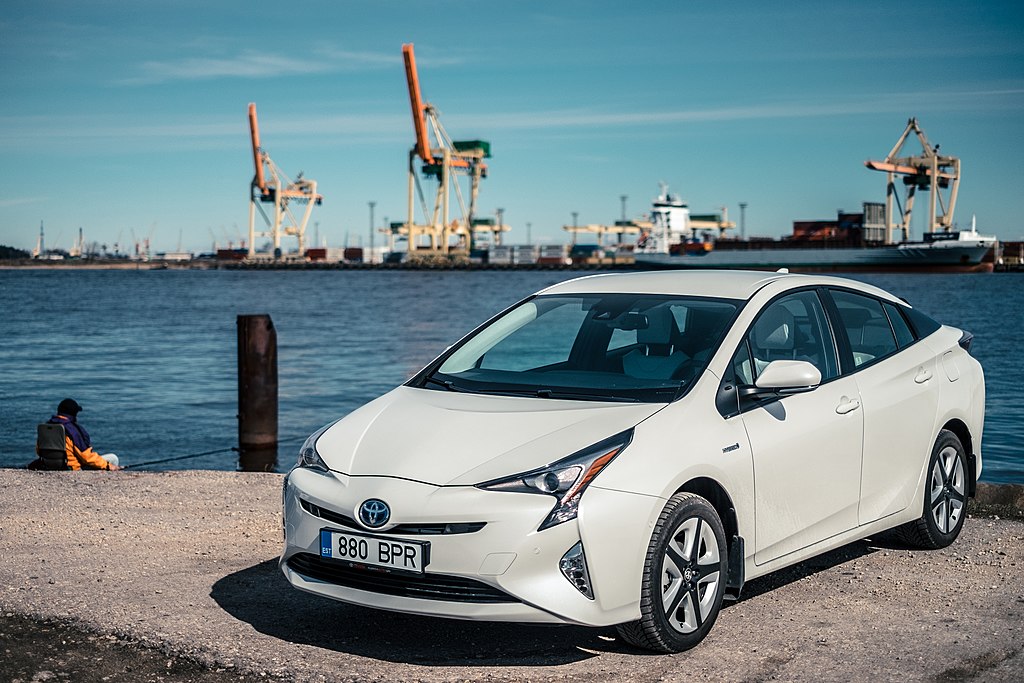
Adding to its hybrid dominance, Toyota built the Prius Prime with plug-in charging that added flexibility, while the total range topped 600 miles. As a result, it became America’s most efficient plug-in for years. Some versions even had solar roofs for passive power, which made it perfect for short EV-only trips around town without a drop of fuel.
Chevy Bolt EV (2016)

For years, the EVs’ technology was a bit expensive to try. However, it all changed with the Bolt, which delivered over 200 miles of range at a sub-$40k price tag, competing head-on with Tesla. Chevy partnered with LG to engineer its battery system, and the car earned 2017’s Motor Trend Car of the Year.
Porsche Taycan (2019)
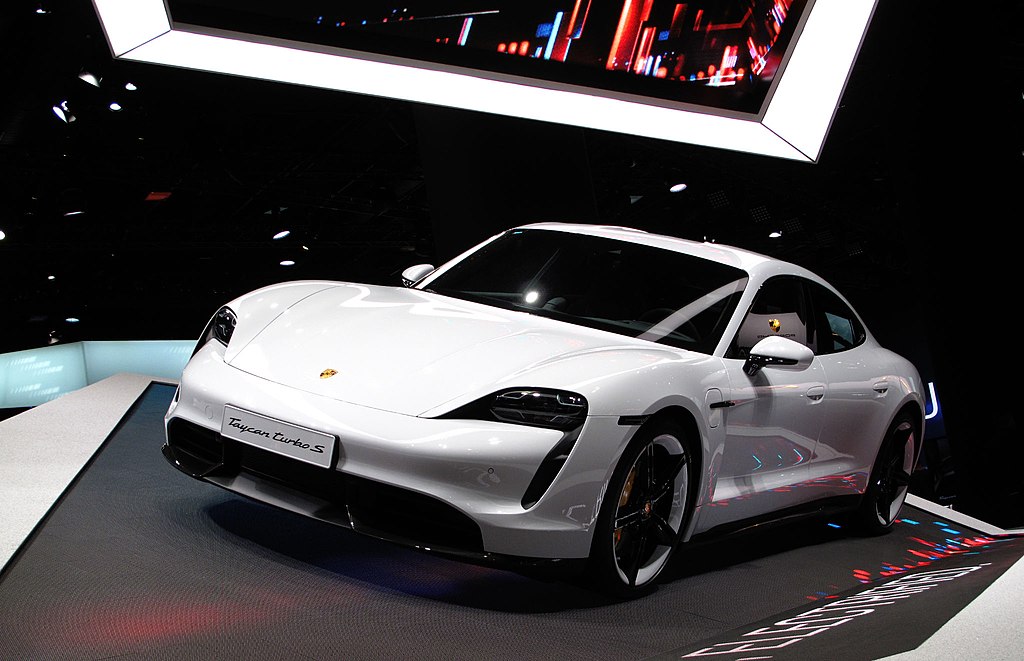
The Taycan brought Porsche precision to the EV world. It was the first electric sedan to truly compete in performance and luxury. Its 800V architecture enabled lightning-fast charging, and a rare 2-speed transmission helped it shatter Nürburgring records. Moreover, more than 20 versions were released to cater to all speed enthusiasts.
Ford Mustang Mach-E (2020)
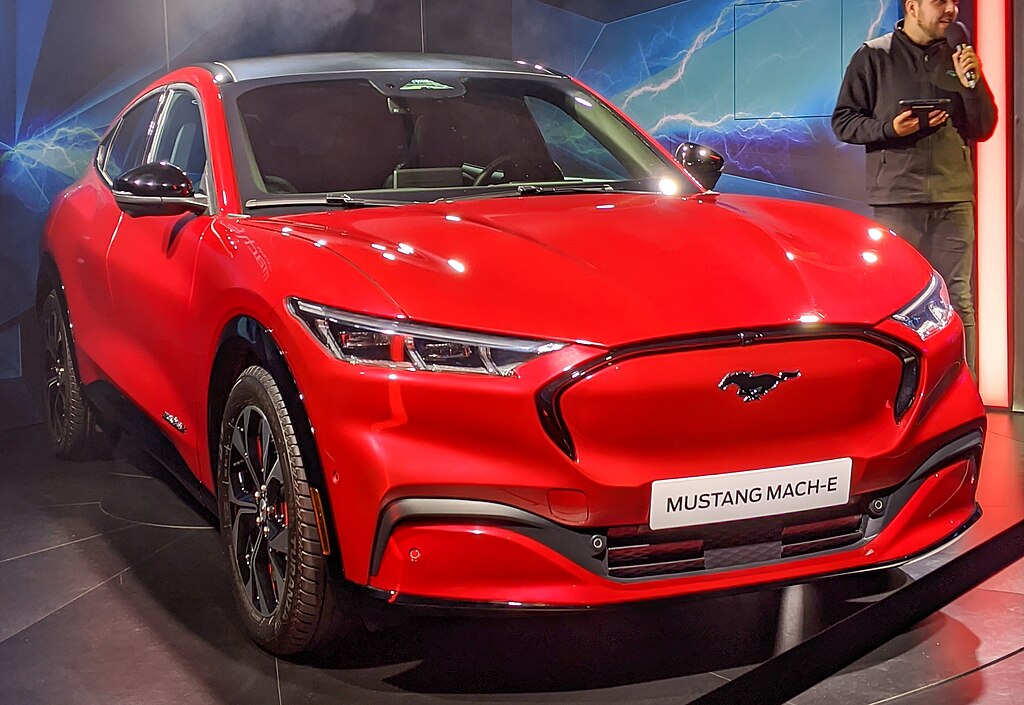
Ford took a risk and electrified a legend. The Mustang Mach-E was the first EV to bear the famous pony badge, and it offered serious power, especially in the 480-hp GT version. In some months, it outsold the classic Mustang. By 2021, it earned North America’s Utility Vehicle of the Year.
Lucid Air (2021)
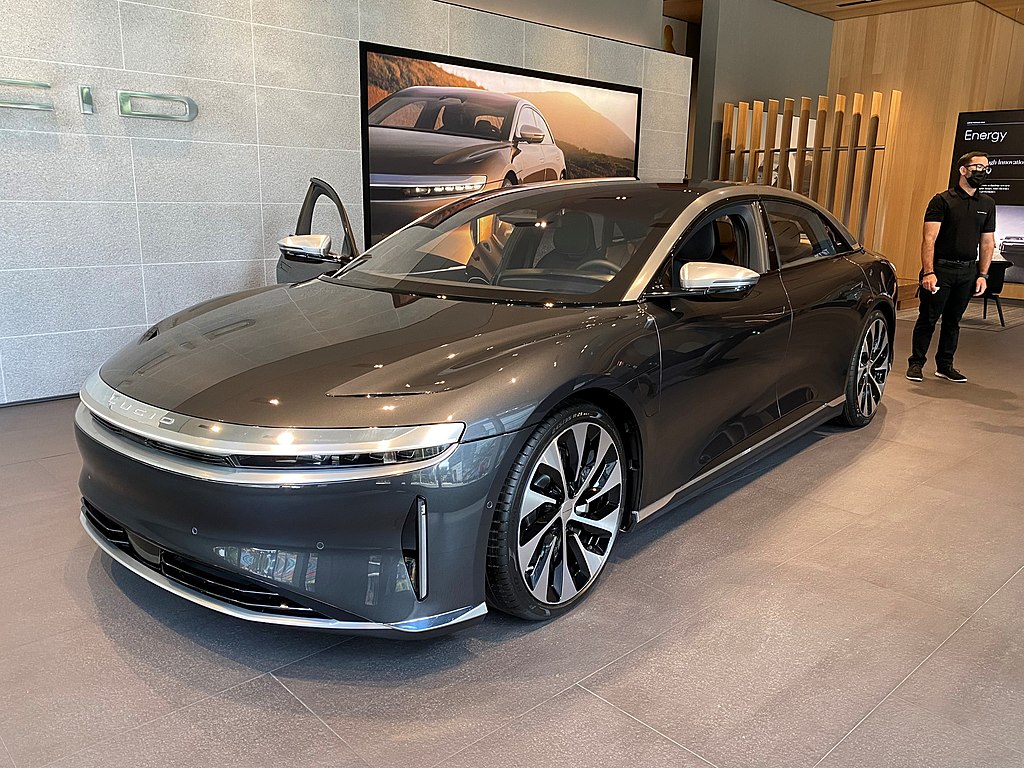
For many car enthusiasts, the range of EVs has always been an obstacle. But the Lucid Air broke barriers as it set a new standard by surpassing 500 miles on a single charge. Led by a former Tesla engineer, Lucid delivered an interior fit for a Bentley with silk-like luxury that meets razor-sharp performance.
Rivian R1T (2021)
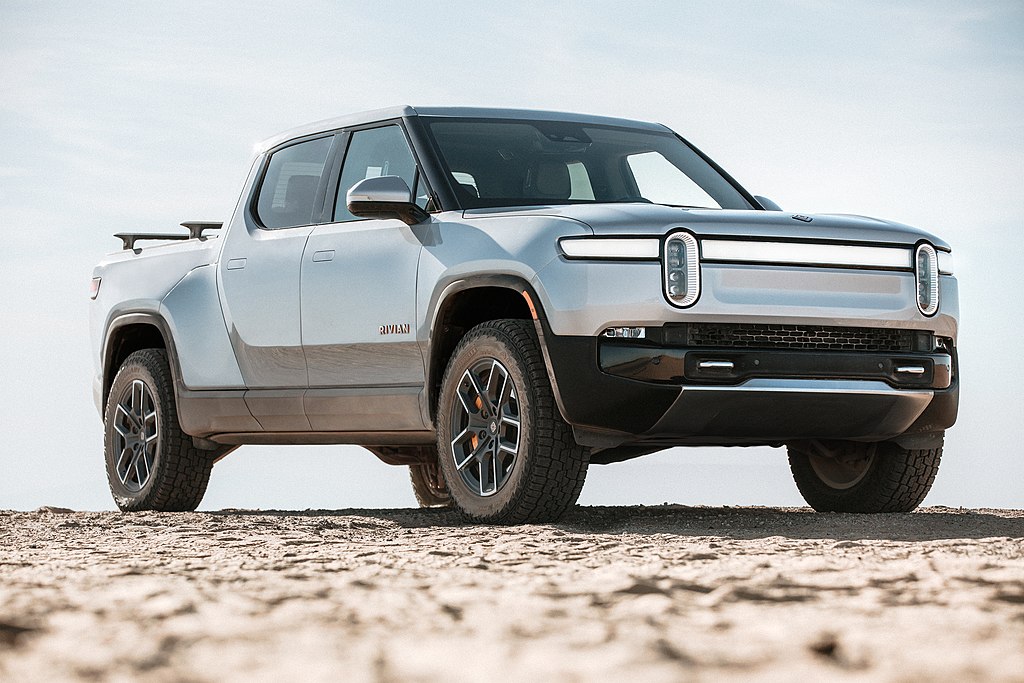
The R1T proved that pickups could go electric without compromise. It was the first electric truck to hit the market, and it came ready for the trails. Rivian’s “gear tunnel” was a clever storage innovation. It could even pull off a “tank turn.” Amazon backed Rivian for its delivery fleet.
Hyundai Ioniq 5 (2021)
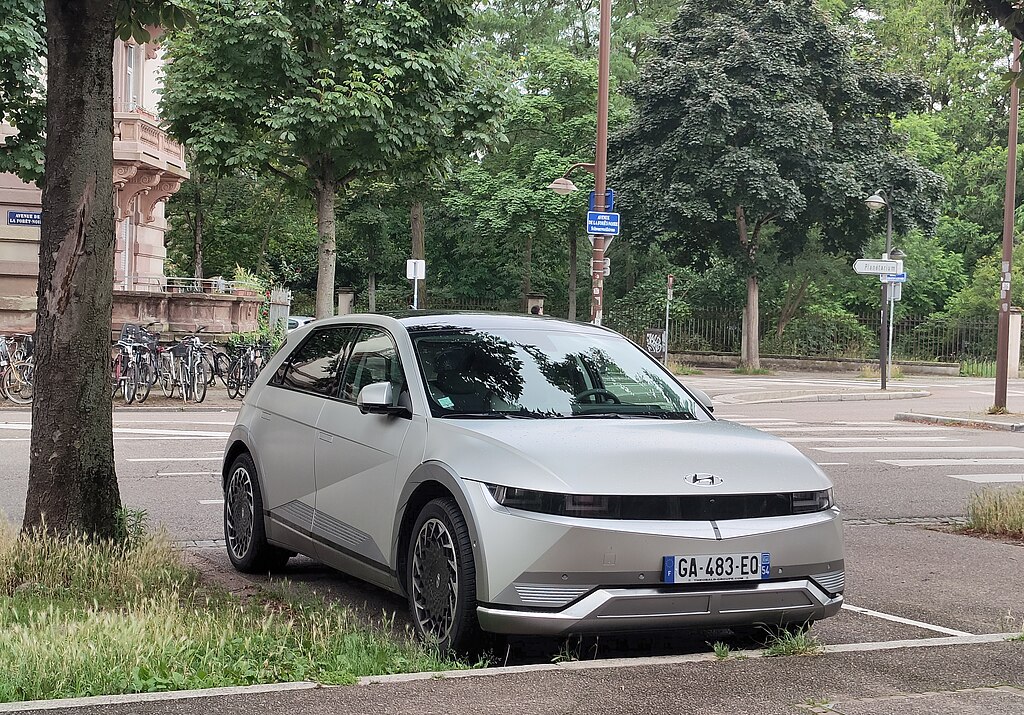
The Ioniq 5 mixes speed with style. Its 800V system allows lightning-fast charging—10% to 80% in just 18 minutes. What made it cool is that the futuristic exterior hid a vegan, recycled interior. With V2L tech, the Ioniq 5 could even power a coffee maker or laptop.

